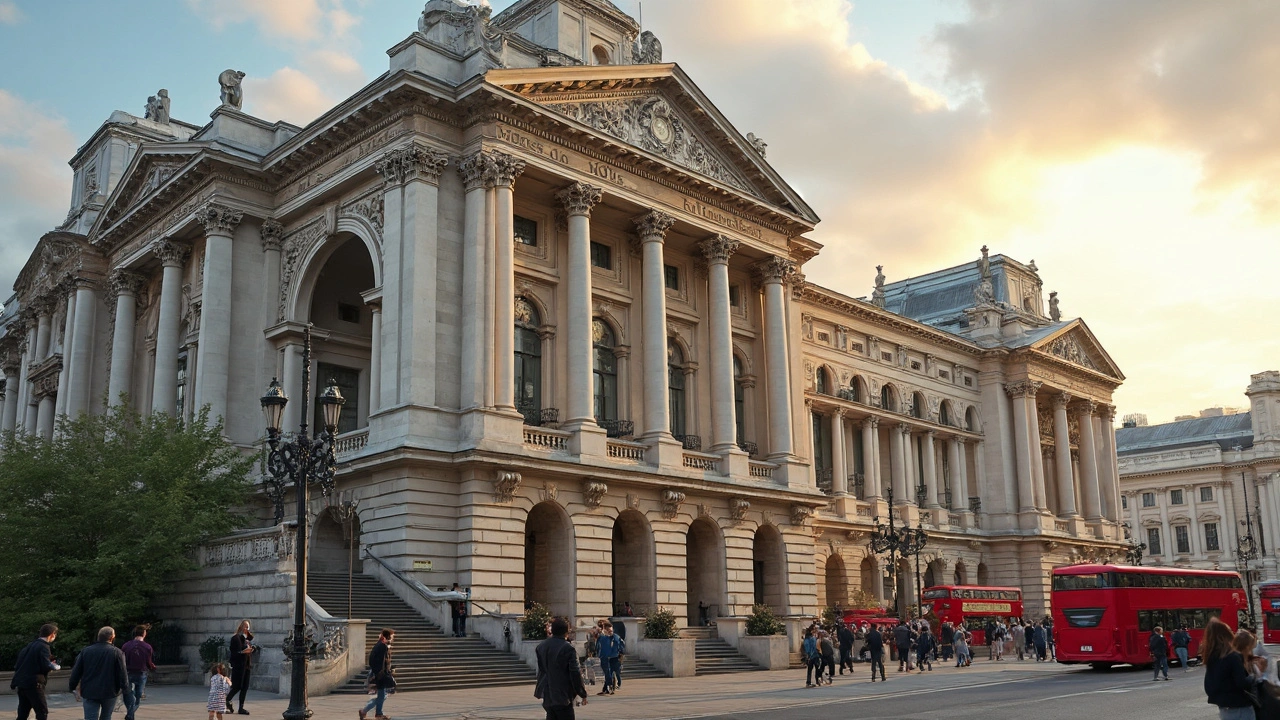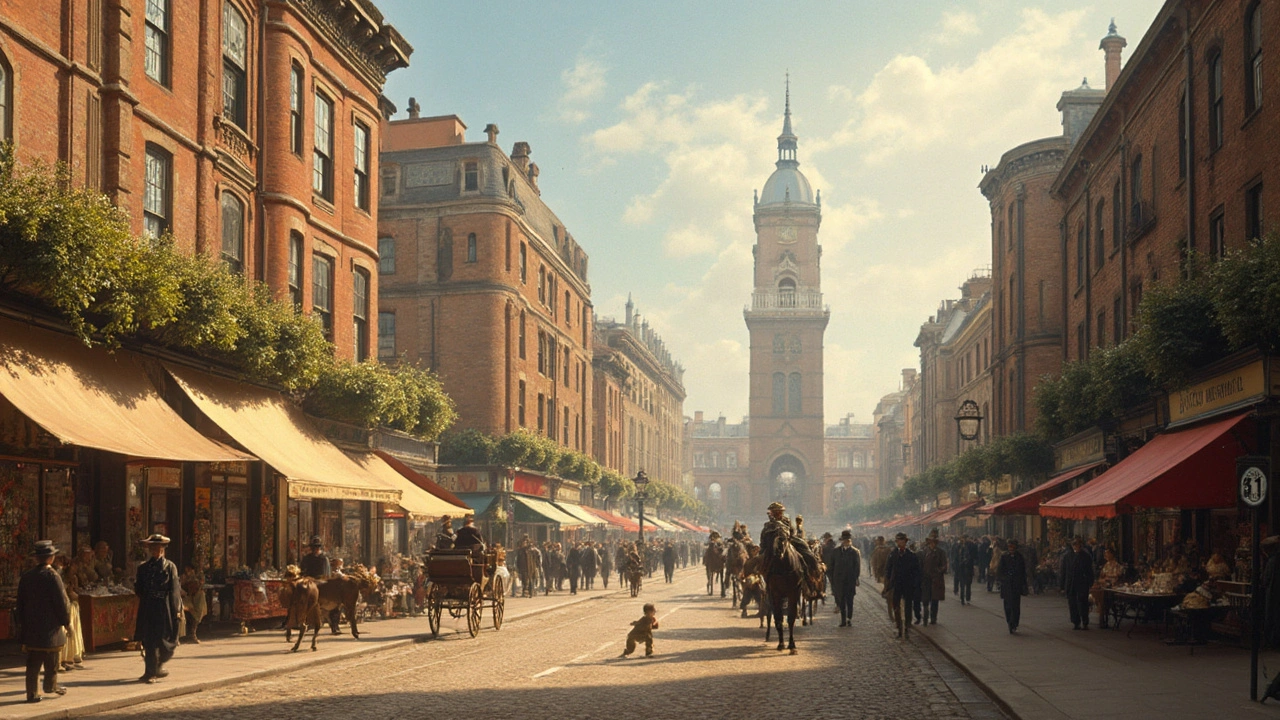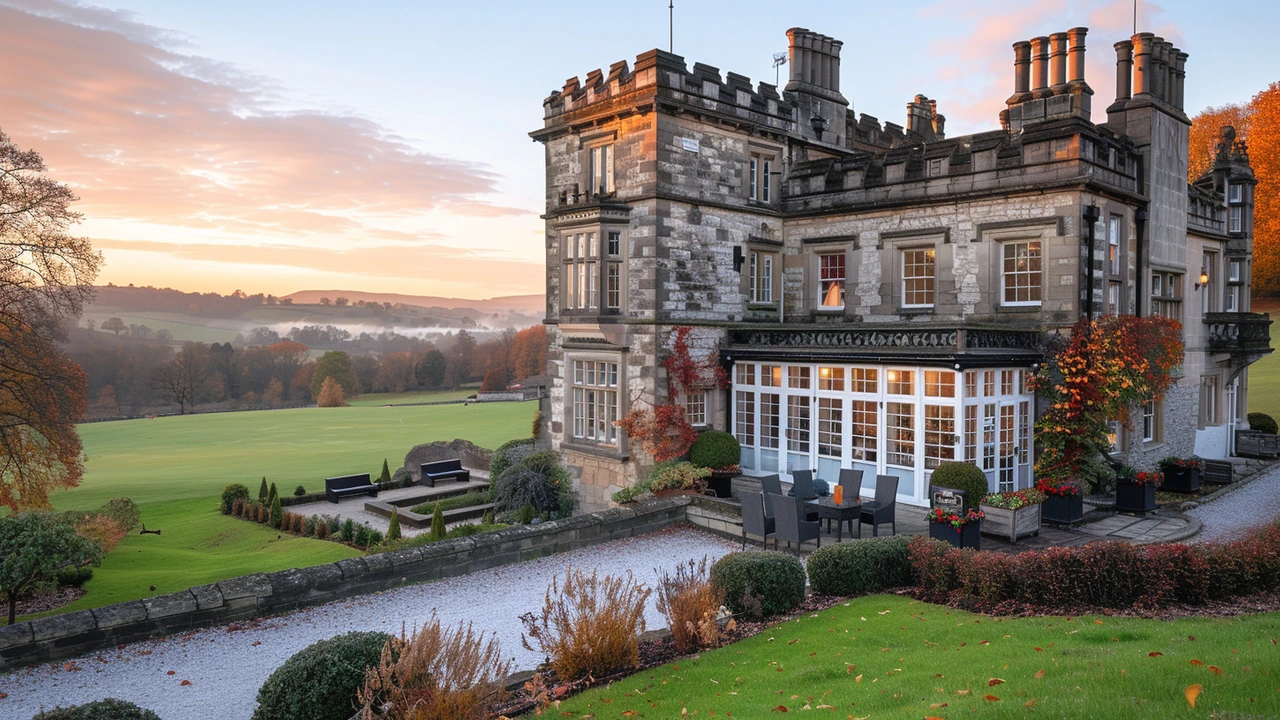Historic Buildings: How to Read, Visit, and Preserve Old Architecture
Some buildings have survived for centuries — even millennia — and they tell stories about engineering, power, faith, and daily life. This tag collects clear, useful guides on famous styles like Roman, Byzantine, Gothic Revival, Beaux‑Arts, Colonial, Georgian, and more. If you want to spot features on a walk, plan smarter visits, or keep an old house in good shape, you’ll find practical tips here.
How to spot common styles fast
Want a quick way to identify a building? Look for a few clear features. Columns, pediments, and balanced symmetry usually point to Greek Revival or Georgian. Rounded arches and heavy stone walls often mean Romanesque. Pointed arches, ribbed vaults, and stained glass scream Gothic or Gothic Revival. Big domes and mosaics? Think Byzantine. Fancy ornament, grand staircases, and classical motifs usually mark Beaux‑Arts. For homes, a gambrel roof signals Dutch Colonial Revival; low, overhanging eaves and exposed rafters hint at American Craftsman. Learn five or six signatures and you’ll recognize most styles on sight.
When you travel, skip the obvious landmarks sometimes. Posts in this tag point out hidden Roman gems beyond the Colosseum, lesser‑known Gothic Revival sites, and Beaux‑Arts buildings that don’t always make the guidebooks. Those quieter places often show details up close — carvings, mortar joints, and restoration work you’ll miss in busy spots.
Preserving, restoring, and using historic buildings today
If you own or manage a historic property, start with documentation: photos, a simple condition checklist, and the building’s history. Small leaks and rising damp cause most long‑term damage; fix water problems first. Match materials when you can — lime mortar for old stone, wood species that match original trims — but don’t panic about exact copies. Local preservation offices can tell you when modern substitutes are acceptable and when you need approvals or grants.
Want to borrow historic style without committing to full restoration? Pick one clear element: a columned porch, stained‑glass transom, or simple cornice line. These touches give character without costing a fortune. For interiors, Craftsman trim or Beaux‑Arts moldings can be mixed with modern lighting and finishes for a fresh look.
Use the articles in this tag to plan visits, learn specific restoration techniques, or get inspiration for home projects. Each piece focuses on practical details — engineering basics for Roman concrete, the key features of Baroque drama, or simple steps to bring Rococo flair into a living room. Read the posts that match the style you love, and use the checklists and tips to make better decisions on the spot.
Curious about one style right now? Pick a post from the list — from Ancient Roman engineering to Georgian city planning — and you’ll get clear examples, travel tips, and realistic preservation advice you can use today.

Preserving Beaux-Arts Architecture: Techniques, Challenges, and Modern Impact
Discover why Beaux-Arts architecture matters, its conservation challenges, working preservation tips, and why these grand buildings still inspire in today's cities.
Read more
Colonial Architecture: Travel Back in Time
Unlock the secrets of colonial architecture—explore real stories, find travel tips, and learn why these old structures still matter today.
Read more
Georgian Architecture: Beyond Bricks and Mortar
Georgian architecture isn’t just about grand buildings and perfect symmetry. It’s a style that shaped city streets and family homes, changing how people lived and built for over a century. This article digs into what makes Georgian buildings stand out, how you can recognize one, and why their influence still shows up everywhere—from town halls to new apartments. Expect practical tips if you’re hunting for a Georgian property or thinking of renovating one, plus some little-known facts guaranteed to surprise even the biggest history fan.
Read more
Discovering Beaux-Arts Architecture: Celebrating Human Ingenuity
Explore the grandeur of Beaux-Arts architecture, a style that stands as a testament to human creativity. Learn about its origins, distinctive features, and lasting impact on the architectural landscape. Get inspired by tips to recognize this style in modern cities and appreciate its elegance.
Read more
Exploring Tudor Architecture: From Magnificent Castles to Charming Cottages
Dive into the world of Tudor architecture, a style that has captivated historians and architects for centuries. This article explores the versatility of Tudor architecture, from its origins in the grand castles of the 16th century to its charming adaptations in modern cottages. We delve into the distinctive design elements that define Tudor buildings and provide insights into how these features have influenced contemporary architecture. Join us as we journey from the grandiose to the quaint, uncovering the enduring legacy of Tudor architecture.
Read more
Exploring Federal Architecture: A Showcase of American Design Excellence
Federal architecture stands as a profound exhibit of American history and design principles, embodying an era that significantly shaped the nation's identity. This article delves into the essence of Federal architecture, tracing its origins, key characteristics, and lasting influence on modern building design. It highlights the architectural mastery of the Federal period, exploring the underlying symbolism, and the enduring appeal of its structures. Through examining iconic examples and offering insights into preserving these historic edifices, the article serves as a comprehensive guide to understanding and appreciating the grandeur and sophistication of Federal architecture.
Read more